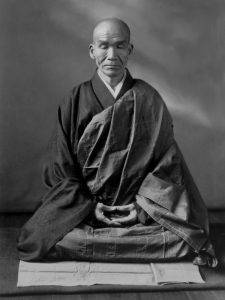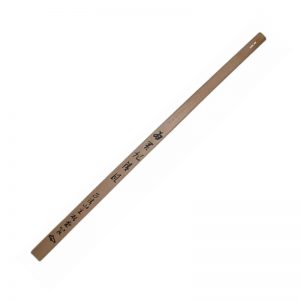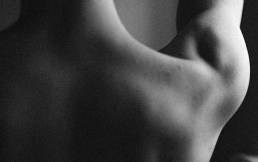If you have already tried self-massage of your neck you may have noticed that your shoulders are often involved in relaxing your neck, and we cannot really separate the body parts. Luckily! We are a Whole and the discomfort or wellness of one part of the body can affect other parts, even distant ones. Here, we explore self-massage of the shoulders. We separate the shoulders from the neck and the rest of the body only for study and practice, but let’s never forget that we are a Whole!
Shoulders accumulate so much tension! Throughout the day and over the years. Shoulders are very sensitive to stress. If we treat them well and relax them, they might even help us to sleep better.
In a sitting or standing position, breathe.
With the opposite hand, start massaging one shoulder. Imagine you are kneading dough to make bread. If it helps, gently move your neck and think that you are kneading, softening and mixing the dough. You will feel a point just past the edge of the shoulder, roughly halfway where you find the protuberance of your seventh vertebra and the end of your shoulder bone. This is a slightly sensitive point, sometimes painful. Let’s begin to distinguish between a pain that hurts and a pain that releases tension. It is point 21 on the energy channel of the Gall Bladder. In Chinese it is also called “the shoulder well” because we can reach deep into the body when we exert pressure on it.
During Zen meditation sessions, the monk who supervises the practice may hit that point with a flat wooden stick (called Kyōsaku or Encouragement stick) right on the point of Gall Gladder 21 (GB 21), on the practitioner’s right shoulder, to awaken them if they are about to fall asleep.

Sometimes it is the practitioner who asks for a slap from the Kyōsaku when they feel numb, distracted or disturbed by their thoughts.
Stimulation of this point is so profound that the slap with the Kyōsaku is given on the right shoulder, not on the side of the body where the heart is, not on the left shoulder.

According to Traditional Chinese Medicine, GB 21 is a very beneficial point for the release of the tension and the relaxation of the shoulders and entire body. Press this point gently but firmly going inwards. Do this three times or more depending on your needs.
Stop and “listen” to the shoulder where you have applied your pressure. Do you feel any difference between this shoulder and the one you haven’t yet worked on?
This moment of self-listening is very important: we should always listen to our body speaking to us. Self-listening should become a normal and daily routine. If we get into the habit of listening to our body correctly, our body will guide us because it contains its own wisdom.
Repeat the self-massage on the other shoulder. Listen to your body. Breathe.
Now, how do you feel?
What kind of mood are you in right now?
Do you feel better than before?
Continue your day with the feeling of having free, light and supple shoulders.
Create Space in Your Life and in Your Body!
For more information on energy channels, see here
For more information on self-massage, see here
Video cover-photo courtesy of Alex Bertha on Unsplash
Music: Eternal Structures courtesy of Asher Fulero on Youtube
Picture of shoulders courtesy of Deb Kennedy on Unsplash
Picture of Zen Master Kodo Sawaki Roshi courtesy of Wikipedia
Picture of kyōsaku courtesy of Gakuro on Wikimedia Commons
If you have any doubt or particular physical condition, please contact your doctor before doing the self-massage.
